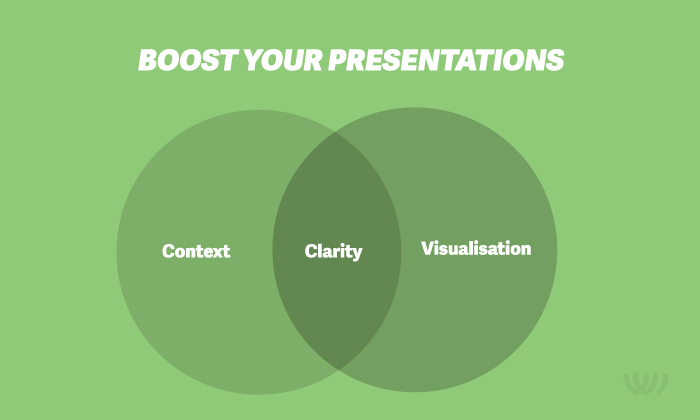To answer this question, first ask yourself if certain words and colours complement each other. If you need a little help, use the sliders below to experiment.
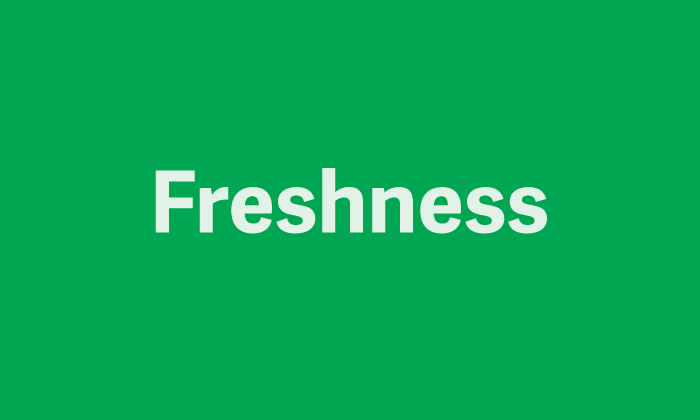
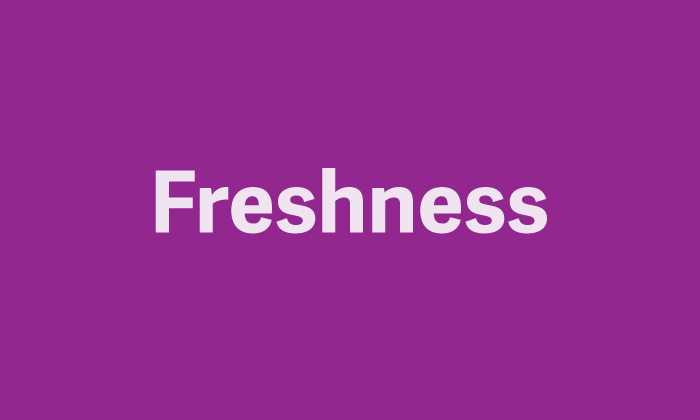
Image: Use the slider to decide which colour you feel is more strongly associated with ‘Freshness’.
Using particular colours may help establish an appropriate response to your brand
Studies have established that colour affects human perception and behaviour. It follows that brand colours contribute to the emotional connection your brand cultivates with your customer. So, when used with intention, colour can help establish an appropriate response to your brand.
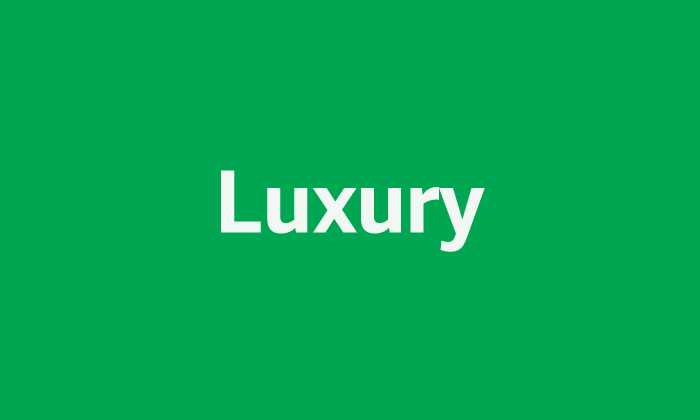
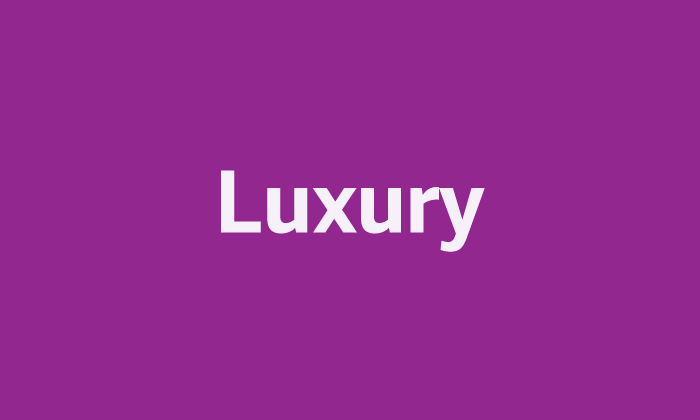
Image: Use the slider to decide which colour you feel is more strongly associated with ‘Luxury’.
What are the right colours?
Colours have some universal and some culturally specific associations, e.g. red is associated with danger in many countries, and in India, red can be associated with purity. India also uses red for stop signs, as does the rest of the world, a convention agreed in the last century!
The meaning of a colour is subjective and varies by country and culture. Some universal associations are agreed, and some are being challenged, e.g. the feminine and masculine association of certain colours.
There are no outright, singular colour associations, but some colours do become associated with particular services and products, e.g. black with fashion, yellow/red with food and beverages, orange with DIY
Understanding the contextual associations of colours in a market or industry can often help determine branding decisions.
Brand colours are only meaningful in context and given the goals of the brand, e.g., differentiation, conformity, disruption, expression, etc
So, there are no wrong choices. There are however many right choices for any given strategy.
Certainly, colours do matter.



